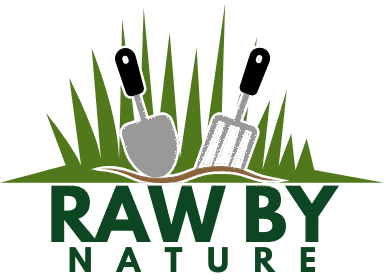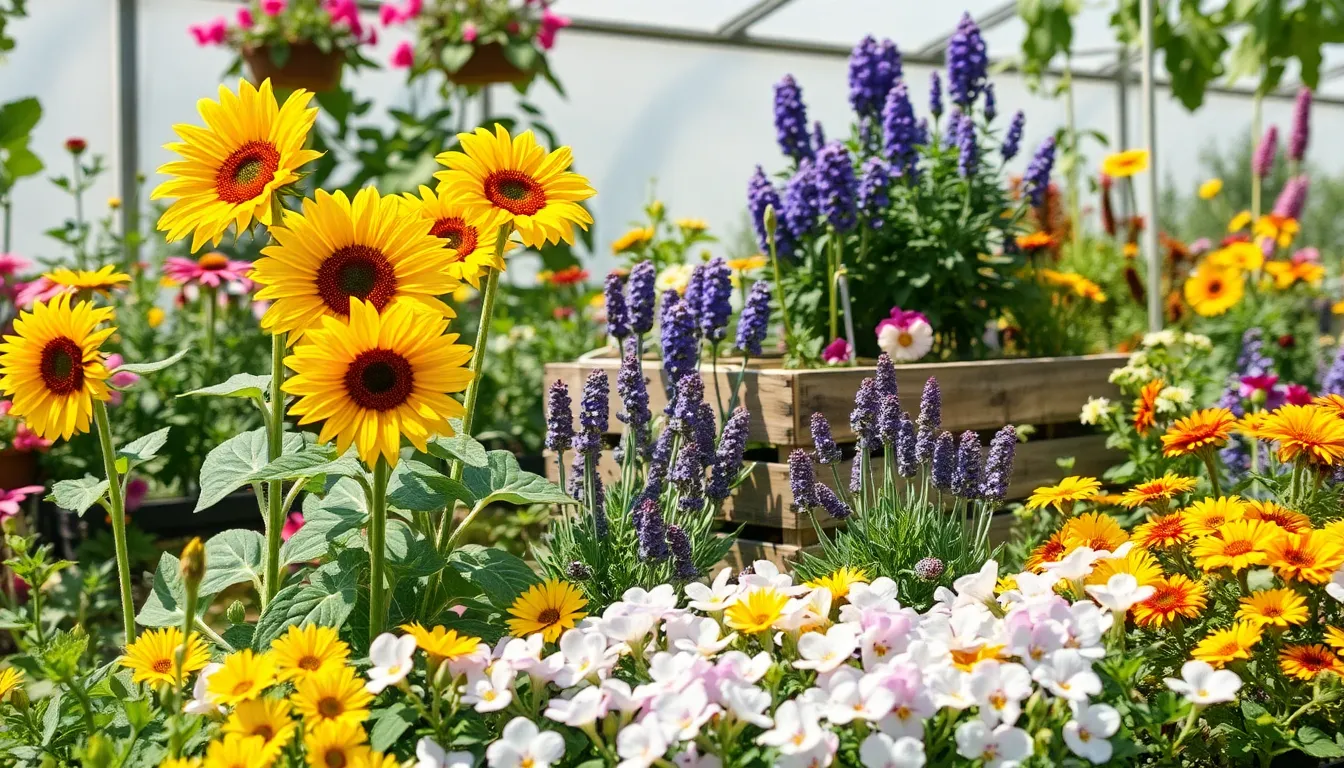Welcome to the vibrant world of flower gardening, where every bloom holds the promise of beauty and tranquility! Whether you’re just beginning your gardening journey or have years of experience under your belt, this guide is designed to inspire and equip you with the essential tips to create a flourishing floral paradise. Imagine the joy of stepping into your own garden oasis, a testament to your dedication and creativity, where each flower is a reward for your nurturing care.
This list of garden design tips isn’t just a collection of ideas; it’s your roadmap to cultivating a thriving garden that reflects your personal style and passion. By exploring these practical techniques, you’ll discover how to select the right plants, design your space efficiently, and maintain your garden’s health, ensuring it flourishes throughout the seasons. Embrace the confidence that comes with knowing your efforts will yield stunning, colorful displays that captivate and soothe the soul.
Choose Easy-Care Flower Varieties
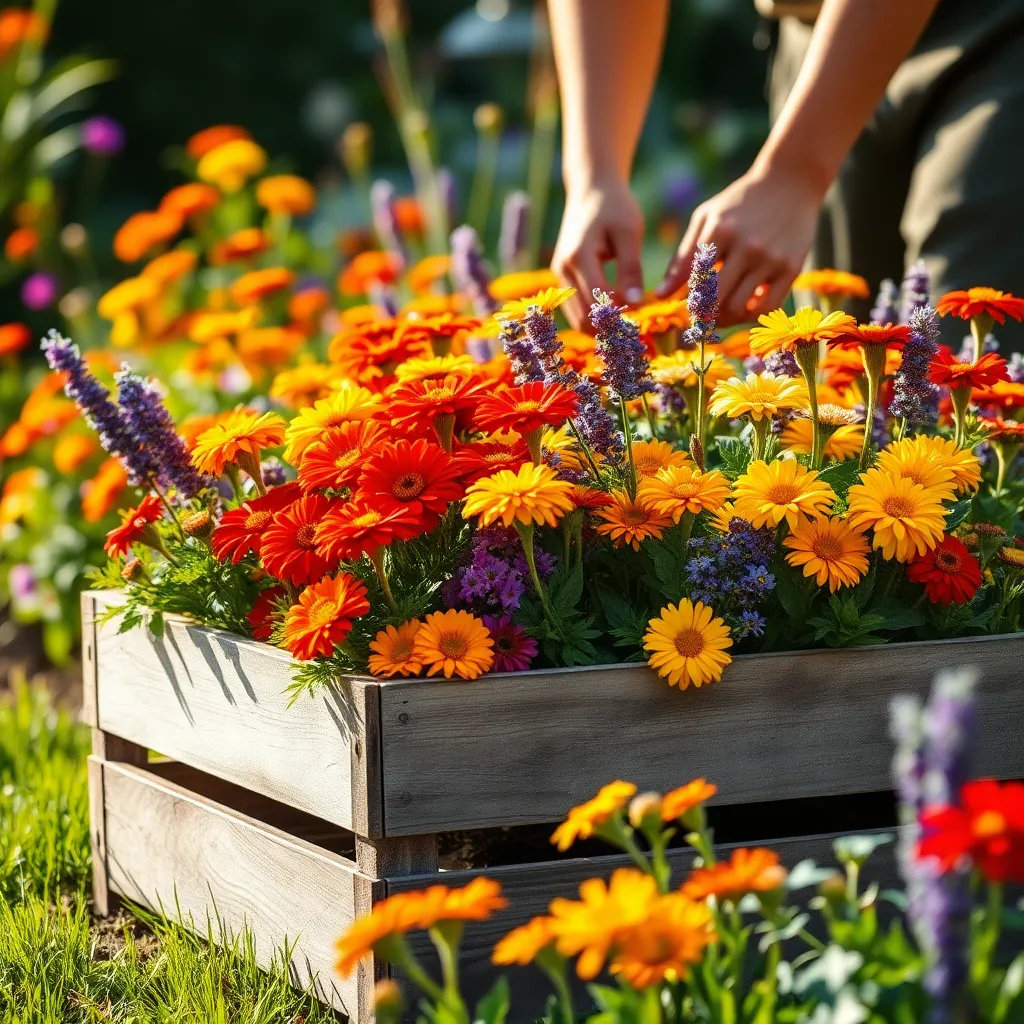
When starting your flower garden, selecting easy-care varieties can save you time and effort. Marigolds are a fantastic choice for beginners because they thrive in a variety of soil types and require minimal care.
Another excellent low-maintenance option is zinnias, which are drought-tolerant and bloom prolifically through the summer. They prefer well-drained soil and a sunny spot, making them a joyful addition to any garden.
For those looking to add some color to a shady area, consider planting hostas. These hardy perennials are renowned for their lush foliage and require only occasional watering and a bit of mulch to retain soil moisture.
If you’re aiming for a fragrant garden, try lavender, which not only smells delightful but also repels pests. It thrives in well-drained soil with full sun exposure, and a good pruning after flowering will keep the plant healthy and productive.
Test Soil and Amend Accordingly
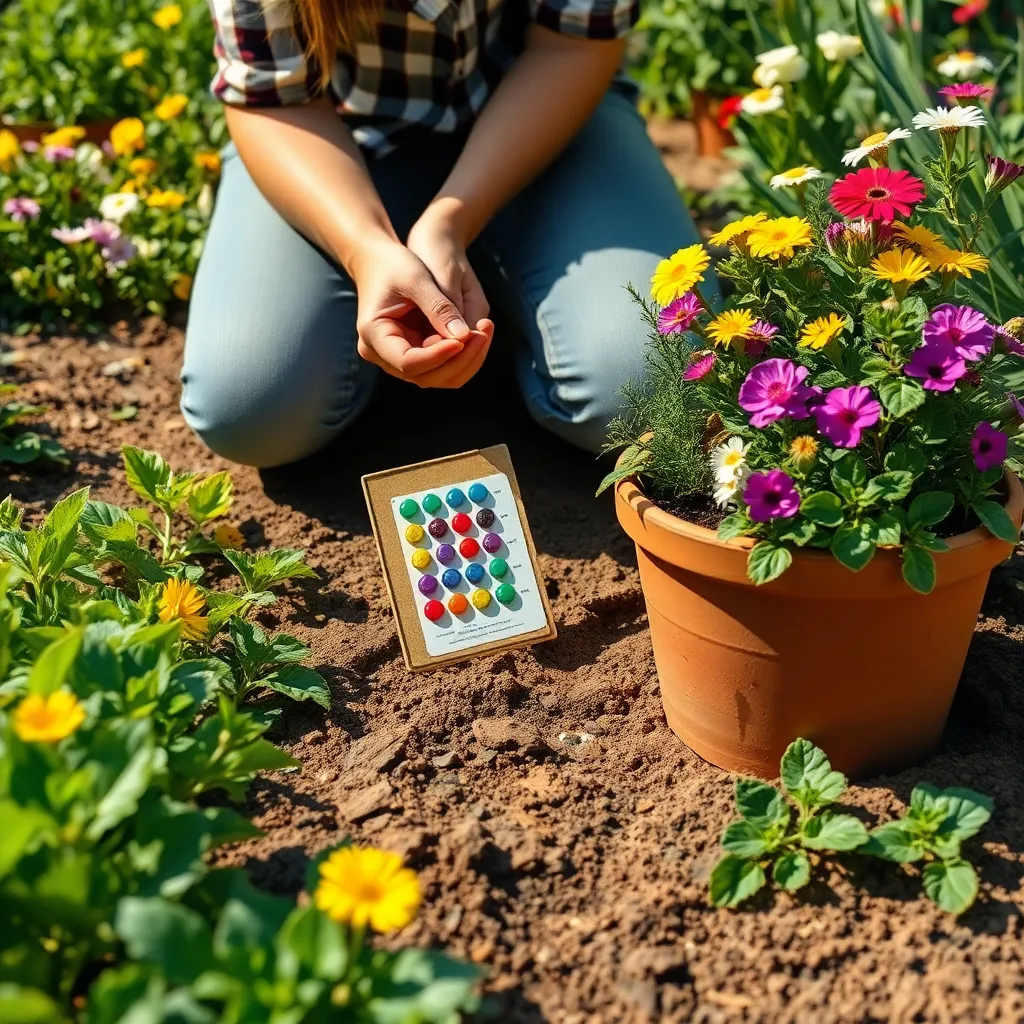
Understanding your soil is a crucial step in flower gardening. Begin by conducting a soil test to determine its pH level and nutrient content. You can purchase a home soil test kit or send a sample to a local extension service for a detailed analysis. This will help you identify whether your soil is acidic, neutral, or alkaline, which is essential for selecting the right flowers.
Once you have your soil test results, you can amend your soil accordingly. If your soil is too acidic for the plants you want to grow, add lime to increase the pH. Conversely, if the soil is too alkaline, incorporating organic matter like peat moss can help lower the pH. Always follow the recommended application rates to avoid over-amending and potentially harming your plants.
In addition to adjusting pH, focus on improving soil structure. Incorporating organic matter such as compost or well-rotted manure can enhance drainage and nutrient retention. This is particularly beneficial for beginners, as it creates a more forgiving environment for plants to establish roots. Experienced gardeners may also consider using green manure or cover crops to enrich their soil naturally over time.
Don’t forget to consider the specific needs of the flower varieties you’ve chosen. Some flowers, such as roses, thrive in slightly acidic soil, while others, like lavender, prefer more alkaline conditions. Regularly check the soil moisture and adjust your watering schedule to ensure consistent moisture levels without waterlogging. By tailoring your soil amendments to both your soil’s condition and your plants’ preferences, you’ll set your garden up for vibrant, healthy growth.
Plan for Seasonal Blooms
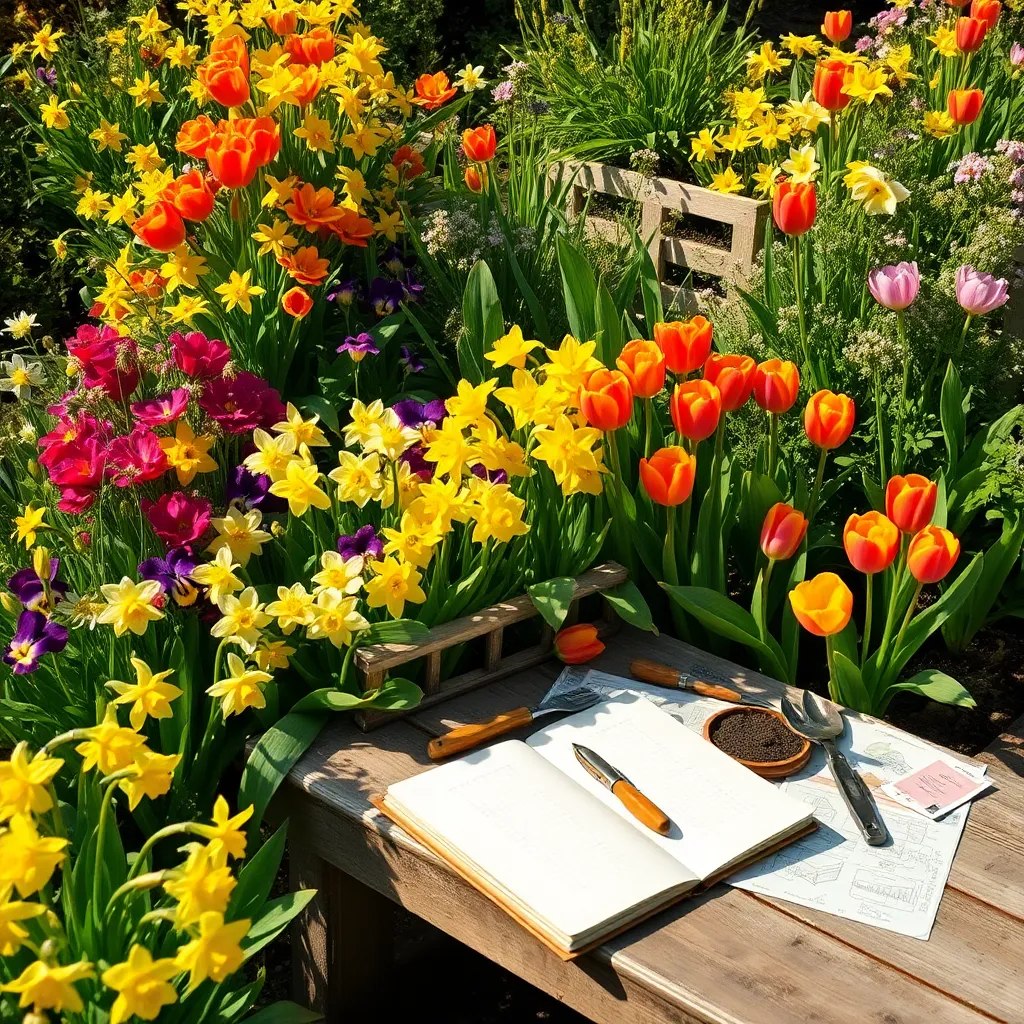
Planning for seasonal blooms is essential to ensure your garden is vibrant throughout the year. Start by selecting plants with staggered bloom times to achieve a continuous display of flowers.
Incorporate early bloomers like crocuses and daffodils to herald the start of spring. These plants thrive in well-drained soil with moderate watering, making them ideal for beginners aiming for a splash of early color.
For summer, consider planting sun-loving perennials such as coneflowers and daylilies. They require full sun and well-drained soil, and will benefit from a layer of mulch to retain moisture and suppress weeds.
As autumn approaches, chrysanthemums and asters can extend your garden’s bloom period. They prefer slightly acidic soil and need regular watering to produce their best display; deadheading will encourage more blooms.
For those ready to try something advanced, consider incorporating bulbs like tulips and alliums that require a chilling period. Plant these in the fall in areas with good drainage; they’ll reward you with stunning spring flowers.
To maintain your garden’s health, practice crop rotation by changing the location of annuals each year. This prevents soil depletion and reduces the risk of pests and diseases, ensuring your blooms are vibrant season after season.
Space Plants for Optimal Growth

Proper spacing between plants is essential for ensuring that each one has enough room to grow and thrive. Overcrowding can lead to competition for nutrients, water, and sunlight, which may stunt plant growth and increase disease risk.
When planting flowers, always check the recommended spacing on seed packets or plant tags. This information is crucial as different plants have varying requirements based on their mature size and growth habits.
Annuals like marigolds and zinnias often require about 6 to 12 inches between them, while larger perennials such as peonies might need 18 to 36 inches. For a neat and thriving garden, use a measuring tape or garden ruler to ensure accurate spacing.
To maximize the health of your plants, consider the growth patterns and heights of your chosen flowers. Taller plants can provide shade for shorter, shade-loving species, but avoid blocking sunlight for sun-loving varieties.
For those with limited space, consider vertical gardening techniques or using containers to help manage growth and prevent overcrowding. By planning your garden layout carefully, you can create a harmonious and productive environment that supports optimal plant growth.
Water Consistently and Early
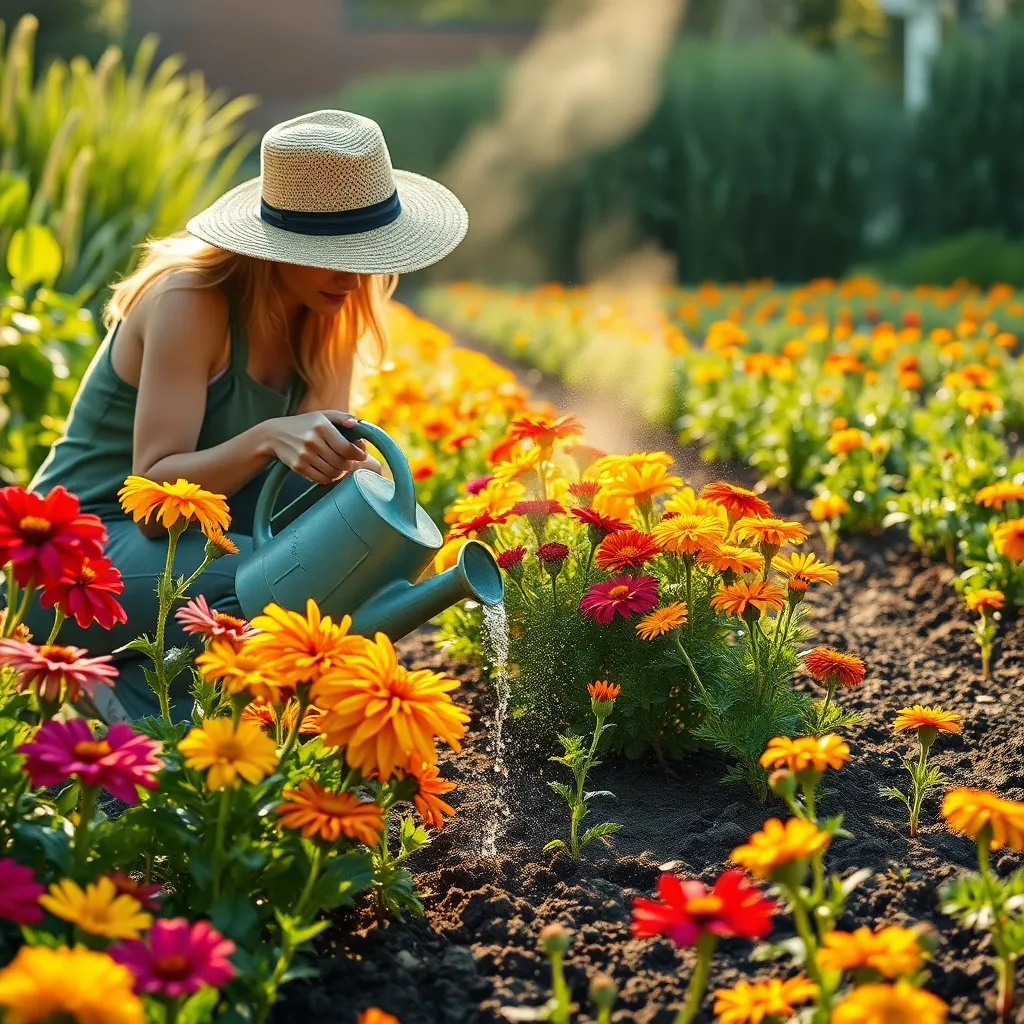
Watering consistently and early in the day can significantly improve the health and growth of your flowers. Morning watering allows plants to soak up moisture before the sun is at its peak, minimizing evaporation and ensuring that water reaches the roots.
It’s crucial to develop a regular watering schedule, especially during the growing season. For most flowers, aim to water deeply about twice a week, adjusting as necessary for rainfall or extreme temperatures.
When watering, focus on the base of the plant rather than the leaves to avoid fungal diseases. Use a drip irrigation system or a soaker hose for efficient water delivery, ensuring that the soil gets thoroughly moistened.
More advanced gardeners might consider investing in a moisture meter to avoid over- or under-watering. This tool helps you assess when your plants truly need water, which is particularly useful in areas with unpredictable weather.
Conclusion: Growing Success with These Plants
As we explored, nurturing a thriving flower garden parallels fostering healthy relationships. Firstly, understanding your garden’s environment mirrors recognizing your relationship’s unique context. Secondly, choosing the right plants for your garden is akin to aligning with partners who complement your journey. Thirdly, consistent watering and nourishment symbolize the need for regular communication and care. Fourthly, pruning and weeding highlight the importance of addressing issues and making necessary adjustments. Lastly, patience and perseverance remind us that both gardens and relationships require time to flourish.
To cultivate these principles further, start by identifying one relationship in your life that needs a bit of extra attention. Dedicate time this week to apply these nurturing techniques, whether it’s through a heartfelt conversation or a simple act of kindness.
Remember, the seeds you plant today will blossom into beautiful connections tomorrow. Bookmark this article as a handy guide to revisit as you nurture your relationships. By saving these insights, you arm yourself with the tools needed to build lasting bonds. Embrace the journey with optimism, knowing that with patience and dedication, your relationships will bloom beautifully.
